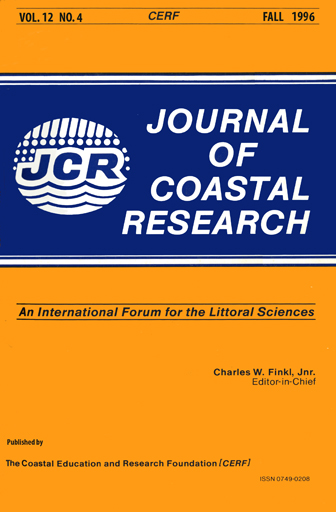Deltaic Sedimentation, Including Clay Mineral Deposition Patterns, Associated with Small Mountainous Rivers and Shallow Marine Embayments of Greece (SE Alpine Europe)
Keywords:
Fine-grained sediments, clay-minerals, deltas, GreeceAbstract
Dispersion mechanisms and the deposition of fine-grained deltaic sediments are described in three semi-enclosed shallow marine embayments of Greece. Emphasis is placed upon the origin, relative abundance, and lateral distribution of clay minerals; these are the main constituents of the clay-sized fraction. Sandy deposits dominate the areas adjacent to the river mouths (topsets), whilst clays and silts are the main constituents of the delta front (foresets) and prodelta (bottomsets) areas, respectively. The main clay minerals present are illite (the most abundant), smectite, chlorite and kaolinite; all of these are of terrigenous origin. There is a tendency for the illite content to decrease to seawards, whilst the smectite content increases: chlorite and kaolinite are more abundant at the delta front. The observed distributions can be explained in terms of size segregation and bio-physico-chemical processes (e.g., flocculation and pelletization, associated with interaction between the freshwater fluvial outflow and the saline ambient waters (e.g., plume dispersion and upwards entrainment). A generalised depositional model, for fine-grained sediments in such shallow marine environments, is presented.


